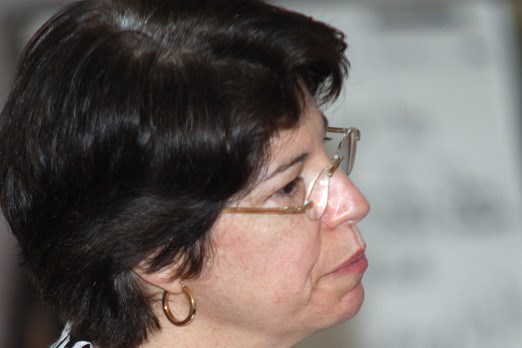Gays and lesbians may legally be allowed to marry, but for many the idea of walking hand-in-hand down the street is still a fantasy.
That’s because social acceptance of their sexual orientation hasn’t caught up to the criminal code, which outlaws discrimination of any kind.
It’s why Bill Ryan is back in Thunder Bay this week, training social outlets and school board officials how to create safe spaces for gay, lesbians and bisexual people to live, work and play.
Ryan, who pointed to higher-than-average suicide rates of teenagers coming to terms with the sexuality, said gay teens often feel unsafe at school and social discrimination still happens across the board no matter what laws are in place to protect people.
“People are suffering sometimes, paying the ultimate price and taking their lives because of it. These are our sons and daughters,” he said.
While it’s getting better, there’s still plenty of work to be done to change societal attitudes, particularly in schools and community service organizations.
“In a lot of ways they’re catching up to the rest of the country and the social attitudes on this. The Charter of Rights and Freedoms has, since 1990, forbidden discrimination based on discrimination. But you find me one 16-year-old in any school in this country who believes they’re equal to their heterosexual peers and I’ll be amazed,” Ryan said.
There are plenty of practical ways organizations and schools can create an atmosphere of openness, building comfort levels for people who often hide who they truly are out of fear of retribution or ridicule.
“First of all, you should assume someone’s sexual orientation, or not assume the way someone behaves or acts or talks or dresses is any indication of anything other than personal tastes,” Ryan said. “These are the kids that are stigmatized in schools and school counselors tend to make assumptions about them because of the way they present themselves.
“And we know that there’s no reliable way to predict anyone’s sexual orientation, either youth or adult, other than asking them or them telling you who they are. What we’re trying to encourage is not putting the onus on people who feel vulnerable to name their difference, but to make a space for that difference from the very beginning.”
Robin Cawlishaw, a human resources officer with Lakehead Public Schools, said they want to learn more in order to protect both students and staff roaming the hallways.
The ultimate goal is to foster academic success amongst the student body and develop the teachers who can make it happen.
“If people identify as lesbian, gay, bisexual or transgender, a lot of the times, because of the stereotypes society has, it can limit their ability to be successful. So we want to reduce stigma and eliminate heterosexual bias that exists,” Cawlishaw said.
There’s no one answer, she said, but they are working on it, despite the obvious setbacks that come with the territory.
“Bullying is an issue. It’s something that as soon as you’re perceived to be different in any way it can be a problem. Our high schools are very good. We have gay-straight alliances in each of our high schools that provide safe spaces for LGBT students and their allies to go to.”
He first Thunder Bay workshop, aimed solely at counselors, was held last October.
Sign in or register
- Messages
- Post a Listing
- Your Listings
- Your Profile
- Your Subscriptions
- Your Likes
- Your Business
- Support Local News
- Payment History
Registered Users
Already have an account?
New Users
Create a free account.
